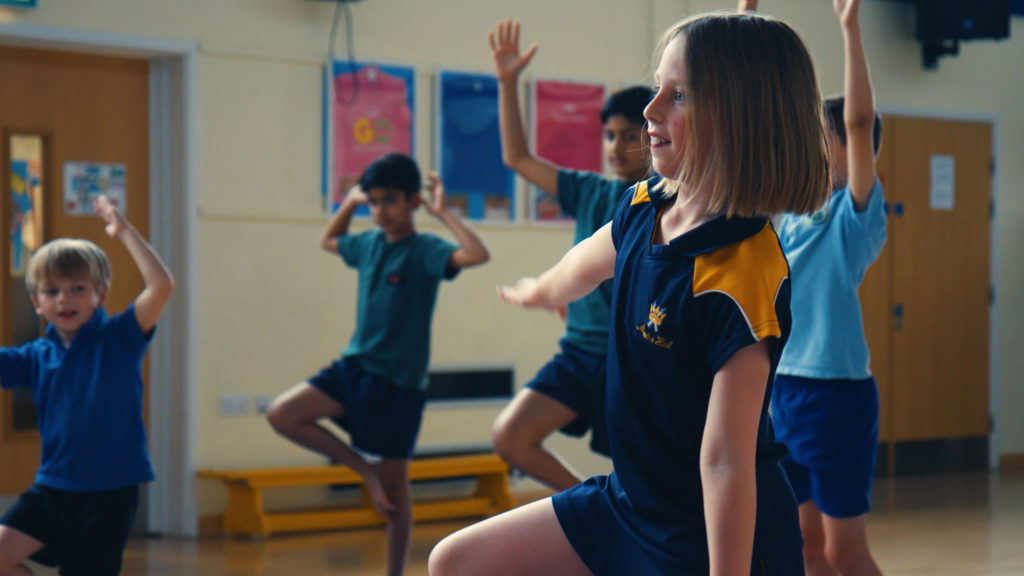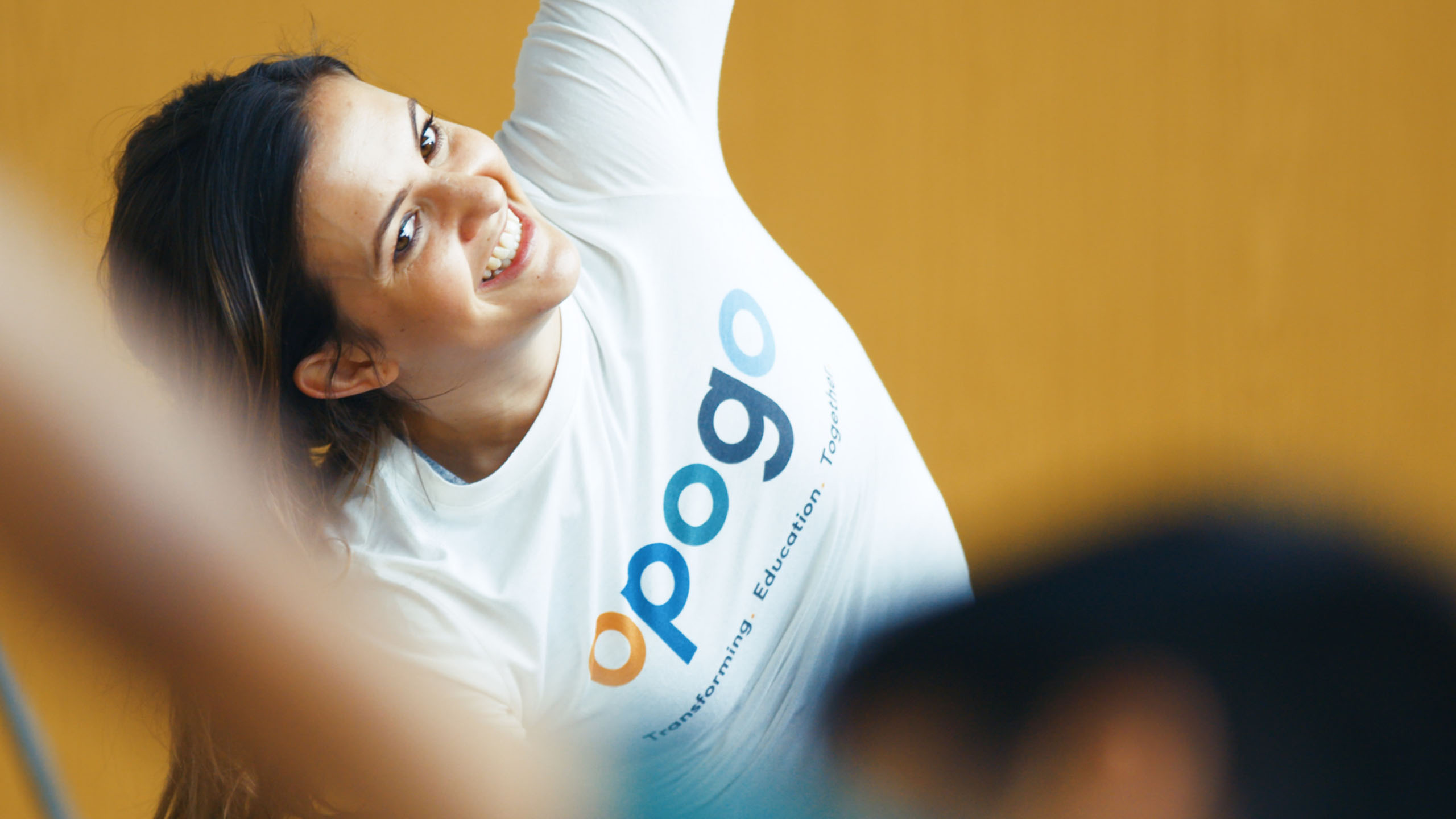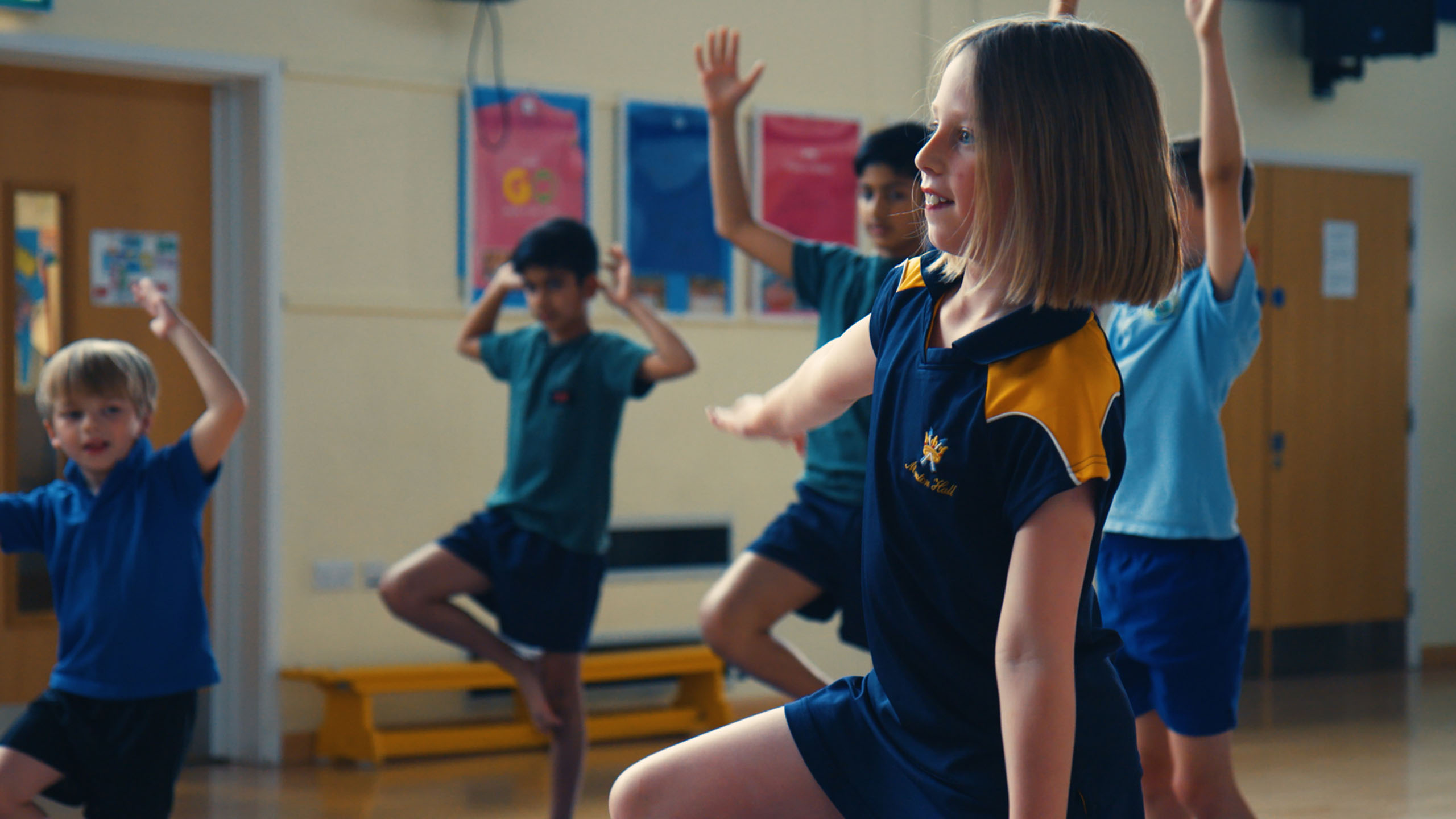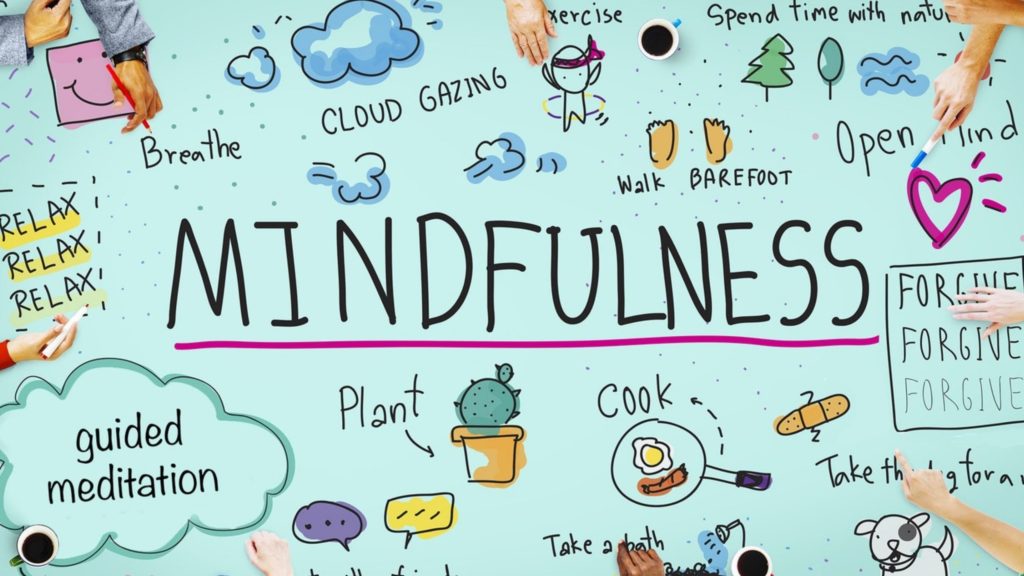5 ways to win at wellness with TeachFit

Living every second and every minute of every day in a mindful way is harder than it looks! It’s no secret that between managing student behaviour, marking schedules and lesson planning, unwinding and enjoying some peace gets lost at the bottom of your teacher to-do list!
If you’re struggling to find balance in your life then you might want to make National Mindfulness Day today’s priority in your diary. Every year, September 12 sees people from all around the world coming together to clear their minds and raise awareness for the mental, physical and spiritual benefits of mindfulness.
The real beauty of mindfulness is it can be done with others or alone, at anytime and any place. From a calmer mind, feeling more at ease to an increase in wellbeing, the benefits of practising mindfulness for you and your students are incredibly real.

Through our TeachFit programme, we strive to improve the lives of all those in education by bringing educational lessons in yoga, mindfulness and meditation to teachers and students in schools. By improving the knowledge and skillset of our educators like you, we can equip you with the skills to help manage your own wellbeing and improve the quality of your life across all areas.
Take a moment to pause, stop the clock and gather your thoughts and focus. Start practising mindfulness at any point during your busy school day with the top five tips of TeachFit and yoga lead, Kirsty Raynor:
The mindful minute
Use a chime to start off the mindful minute and get the children to just close their eyes and sit quietly until they hear the second chime. Some teachers get the children to do the chime on different days, so that everyone has a turn, helping to develop an understanding of the importance to be quiet. It is all about creating the environment and seeing the results where the children actually look forward to it!
Balloon breath
Get the children to sit with their backs against their chair and guide them to then close their eyes. As they breathe tell them to lift their arms all the way up like they are filling up a balloon and then lower them back down as they breathe out. When children start to visualise that they are filling their tummies all the way up like a balloon, they start to really concentrate. These deep breaths are incredible for calming the nervous system and lowering stress and anxiety levels.

Calming breath
This remains to be a favourite type of yoga breath for many children in school. Either sat at their desks, laying on the floor or maybe in a PE class, ask the children to put one hand on their stomach, and another just over their heart. Ask them to close their eyes so that they can feel their stomach and chest rise and fall. If they are in a yoga / PE class you can then take them through a guided meditation – even if it’s just for a minute or so. They become incredibly relaxed and sleepy after this, so it’s perfect for towards the end of the school day.
Happy gratitude
Taking a minute or two to allow yourself and your students to jot down something or someone that has them happy or grateful that day helps to reduce stress and promote a sense of calm. Taking several minutes to recognise what to be grateful for is a powerful way of getting children to focus on the positives of their day and remain calm and centred. Soon both you and your students will begin to recognise just how many small and great achievements you can achieve on a daily and weekly basis.

The happiest place*
Make sure to let us know how you’ve brought mindfulness into your classroom. Don’t forget to pass on any tips that we can share with others about to embark on their own mindfulness journey!








Responses